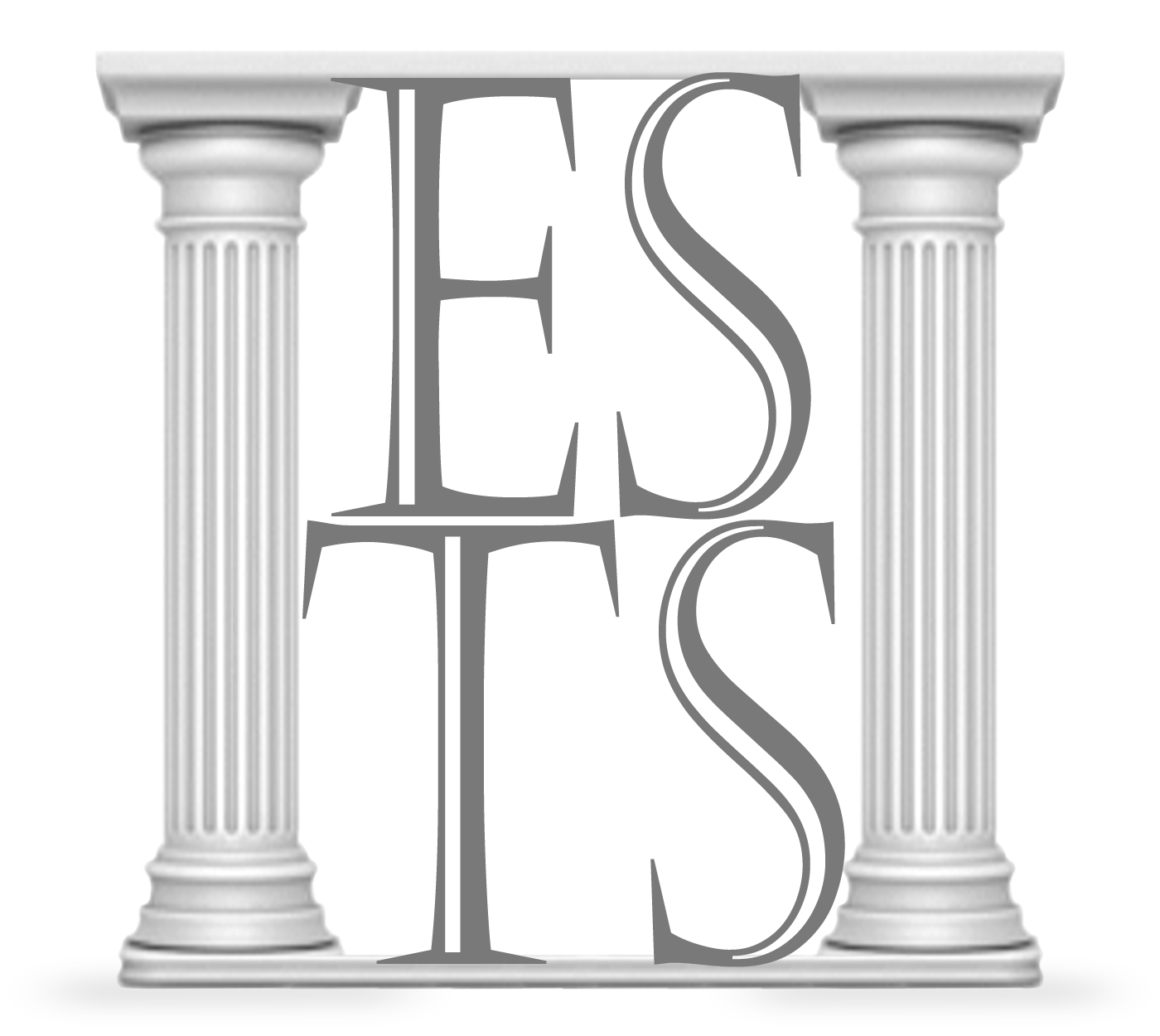Decisions about your ATS can have a huge impact on recruiting
With well over 20 years of experience, I remember the early days with my recruiting tools being nothing more than the phone, fax, and spreadsheet program. Thankfully, technology arrived and those days are long gone. But I wonder if today we’ve gone too far. There are so many different recruiting technologies, it’s difficult to understand if your company actually needs the product and, if so, how to choose the right one for your needs.
ES Talent Solutions has conducted dozens of vendor assessments and sat on many demonstrations to help navigate this space. So now is a good time to focus on the most important technology for corporate recruiting departments and attempt to answer the question, “How do I choose the right Applicant Tracking System for my company?”
What is an Applicant Tracking System (ATS) and why is it so important?
An ATS does what it states – tracks applicants through a company’s recruiting process. In a basic sense, they help organize job opening information and prospects/candidates as they apply, interview, and get hired to roles. The ATS can play many other important roles for the company:
1) Assist in automating processes to make the entire recruiting process more efficient and improve the candidate experience
2) Help provide a level of data security to protect important company and candidate information
3) Provide a record of information, including important job slate data for the government (required for any company providing products/services to the federal government).
4) Organize different tasks, which may be executed in many places, all in the same place. This could include interview scheduling, employee referral programs, managing recruitment advertising spend, etc.
An Applicant Tracking System (ATS) is software for recruiters and employers to track candidates throughout the recruiting and hiring process
How to Choose the Right Applicant Tracking System (ATS) for Your Business
An Applicant Tracking System (ATS) can streamline your hiring process, saving time and resources. But with so many options on the market, choosing the right one can be daunting. Consider this information when making the decision.
1. Define Your Needs
Before you start your search, it’s crucial to understand your specific needs. Consider the following:
- Company Size: A small business might need a simple (and less expensive!) system, while larger companies require something more complex.
- Hiring Volume: How many positions do you typically fill per year? If volume is high, and therefore the system will be used a lot, more automated features may be valuable
- Industry-Specific Requirements: Are there any industry-specific compliance or reporting needs? Government, Transportation, Life Sciences, and others have unique requirements that you may want the ATS to accommodate
- Desired Features: Do you need features like candidate sourcing, automated screening, interview scheduling, advertising management, or onboarding tools?
2. Key Features to Look For
A good ATS should offer the following features:
- Candidate Database: A centralized database to store and manage candidate information is a given for every ATS.
- Job Posting: Easy-to-use tools to create and post job descriptions on various job boards.
- Resume Parsing: Automated technology to extract relevant information from resumes.
- Candidate Screening: Features to filter and rank candidates based on specific criteria.
- Communication Tools: Tools to send and receive emails, schedule interviews, and track communication.
- Onboarding: Integration with HRIS systems to streamline the onboarding process.
- Reporting and Analytics: Detailed reports to track key metrics like time-to-fill and source of hire.
3. Consider Your Budget
ATS solutions come in a wide range of prices, from free to enterprise-level solutions. Determine your budget and look for a system that offers the features you need within your budget. Do your research! There are a lot of systems and it’s not always easy to compare (“apples to oranges”) features vs total cost
4. Ease of Use
A user-friendly interface is crucial for both recruiters and hiring managers. Look for a system with a clean, intuitive design and minimal learning curve. This also becomes more critical if there are a lot of stakeholders interacting with the system (i.e. multi-department/country, recruiting/staffing vendors, etc.)
5. Integration Capabilities
Your ATS should integrate seamlessly with your existing HR systems, such as your HRIS, CRM, or email. This integration can save A LOT! of time and reduce errors.
6. Customer Support
Reliable customer support is essential, especially when you encounter issues or have questions. Look for a provider that offers prompt and helpful support. ATS widely differ in the approach to customer support
7. Security and Compliance
Ensure that the ATS provider prioritizes data security and compliance with industry regulations like GDPR and HIPAA.
According to recent studies:
J.R. Johnivan, Select software reviews
94% of recruiters agree their ATS has a positive impact on their hiring processes.
70% of large companies currently use an ATS.
20% of small and midsized businesses use an ATS.
70% of recruiters use an ATS or another tech-driven recruiting tool to review applicants and strengthen the overall candidate experience.
1) Assist in automating processes to make the entire recruiting process more efficient and improve the candidate experience
2) Help provide a level of data security to protect important company and candidate information
3) Provide a record of information, including important job slate data for the government (required for any company providing products/services to the federal government).
4) Organize different tasks, which may be executed in many places, all in the same place. This could include interview scheduling, employee referral programs, managing recruitment advertising spend, etc.
By carefully considering your needs, researching available options, and focusing on key features, you can choose the right ATS to streamline your hiring process and improve your overall recruiting efforts. With the importance your ATS holds in the company, devoting the right amount of time to choosing the appropriate one is critical.
If you would like more information on this topic, visit Gartner Peer Insights ATS Reviews and Ratings or Forbes 10 Best Applicant Tracking Systems of 2024.
For a free conversational diagnostic of your recruiting ecosystem, contact Eddie at estewart@estalentsolutions.com. In a few short minutes, you could receive practical tips to improve the efficiency of your ATS.




0 Comments
The Talent Edge Newsletter – Building Unstoppable Talent Pipelines
Volume 3 of the Talent Edge focuses on creating and maintaining pipelines of talent to fill future hiring needs.
Pipeline Maintenance and Metrics that Matter
When creating pipelines of talent to fill future openings, it's crucial to implement strategies to maintain pipeline productivity and to use metrics to track success. This article details both of the critical pieces to pipeline success.
Want to Build Talent Pipelines? Avoid These 5 Mistakes
Recruiting Pipelines fail to produce hires when they are not set up and maintained properly. Avoiding these 5 mistakes will help you get the most out of your sourcing strategies.